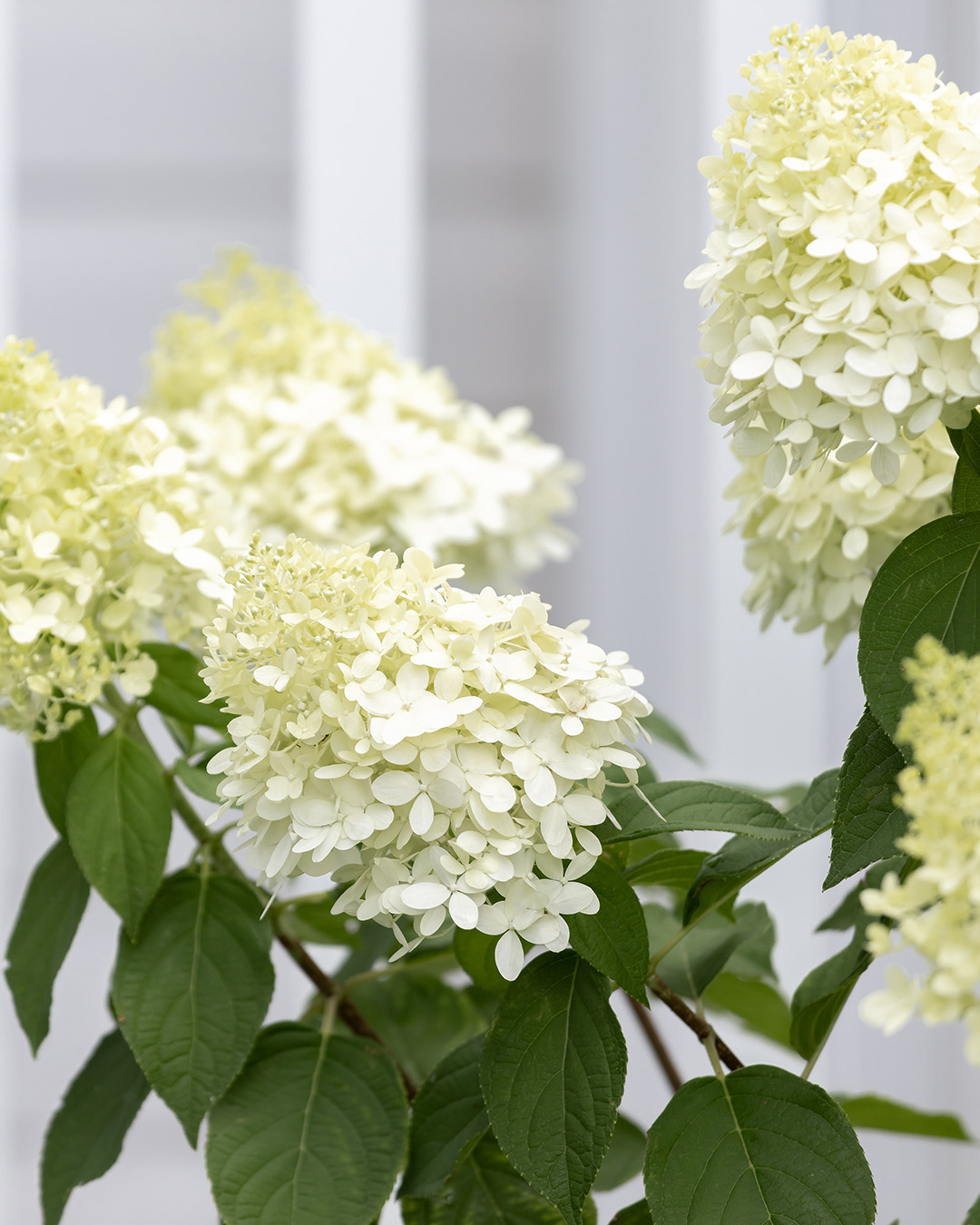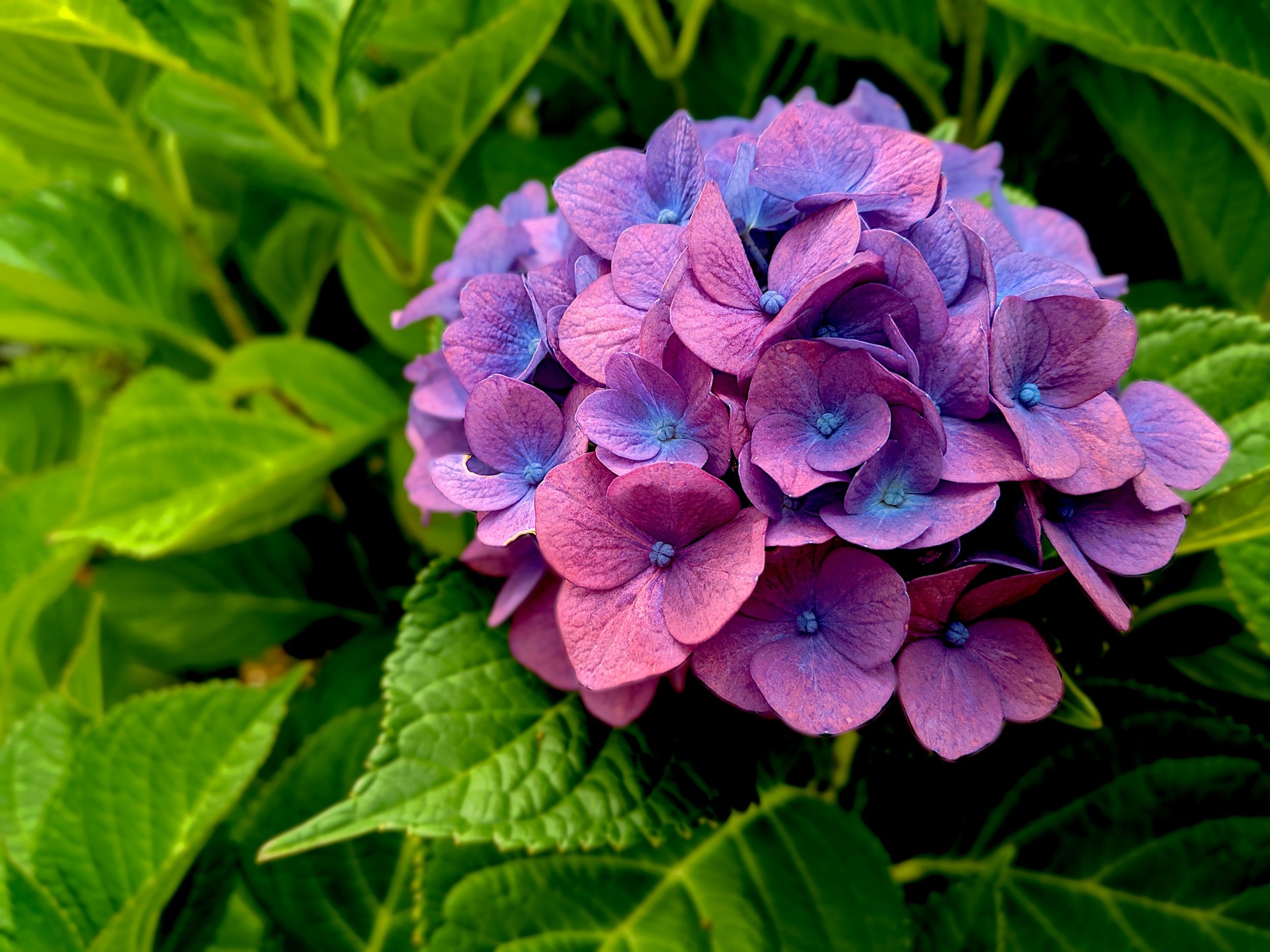A Biased View of Hydrangea Leaves Turning Yellow
Table of ContentsRumored Buzz on Hydrangea Leaves Turning YellowHydrangea Leaves Turning Yellow Things To Know Before You BuyThe Single Strategy To Use For Hydrangea Leaves Turning YellowHydrangea Leaves Turning Yellow for Beginners
Hydrangea plants are understood for their stunning blossoms, yet in some cases their leaves can transform yellow. This is normally an indicator that something is incorrect and the plant requires your assistance. There are a number of feasible reasons for yellow leaves on Hydrangeas, and fortunately a lot of them are easy to deal with. Below we'll cover the most common reasons for Hydrangea leaves turning yellow and just how to fix them.Hydrangea leaves turning yellow can be a reason for worry. Hydrangea leaves generally transform yellow when the plant is overwatered.
When the origins of a plant are submerged in water for lengthy durations, they start to suffocate and rot. This process cuts off the roots' oxygen supply, creating the leaves to turn yellow and at some point die. Overwatering can additionally cause other problems such as fallen leave decline, origin damages, and fungal growth.
If you think your Hydrangea is overwatered, the most effective option is to let the soil dry out entirely before sprinkling again. It's also a good idea to check the drain of your pot or yard bed and ensure that water is not pooling around the plant's origins. Hydrangea plants require well-drained soil to thrive.
Hydrangea Leaves Turning Yellow Fundamentals Explained
Hydrangea leaves can additionally transform yellow if the plant is not obtaining adequate water. This occurs when the plant does not get sufficient water, and the soil begins to dry out.

This is called "fertilizer shed," It happens when the plant's roots are revealed to also much plant food. The origins can not take in every one of the nutrients and end up being harmed. This damages creates the leaves to turn yellow and at some point die. Various other signs of fertilizer shed include brownish or yellow leaves, wilting, and stunted development.
This that site will aid eliminate any kind of excess fertilizer from the roots of check out this site the plant. It's likewise a good idea to minimize the quantity of fertilizer you are using. Feeding when a month during the expanding period should suffice. If you are utilizing chemical fertilizer, it's ideal to make use of one that is weakened and applied according to the producer's directions.
3 Simple Techniques For Hydrangea Leaves Turning Yellow

If your Hydrangea is infested with parasites, treating the plant with neem or gardening oil is the ideal option. It's likewise excellent to remove any afflicted fallen leaves from the plant. You can do this by hand or with a set of trimming shears. It's additionally a great idea to inspect the plant routinely for pests and remove them as quickly as you see them.
Hydrangea leaves can additionally transform yellow if the temperature level stresses the plant. The fallen leaves of the plant will turn yellow and begin to go down off.
If the temperature level emphasizes your Hydrangea, you require to relocate the plant to an area where it will certainly be shielded from the severe cool or warmth. You can likewise try to give the plant with some partial shade if exposed to direct sunshine. You can likewise try adding compost around the plant base to help regulate the temperature level.
The Ultimate Guide To Hydrangea Leaves Turning Yellow
When the plant's origins are immersed in water for as well long, they start to rot. One of the most typical root rot symptoms is yellowing leaves, as the fungus protects against the origins from taking in nutrients from the soil.
Examine the origins of your Hydrangea if it has root rot. If some healthy and balanced roots are left, you can attempt to conserve the plant by replanting it in a new pot with fresh soil.
Water the plant very carefully, making certain not to overwater her explanation it. If your Hydrangea is heavily influenced by origin rot, starting with a new plant is best. Natural reasons can additionally trigger yellow hydrangea leaves. One of the most typical cause is the plant's age. As Hydrangeas age, their leaves will gradually turn yellow and brown prior to diminishing the plant.
You can assist the plant by guaranteeing it is getting enough water and nutrients. One possibility is that the plant is not getting enough water.